Pattern:
Refers to the repetition or reoccurrence of a design element, exact or varied, which establishes a visual "beat."
Rhythm and movement:
Refers to the suggestion of motion through the use of various elements.
proportion and scale:
Proportion is the size relationship of parts to a whole and to one another.
Scale refers to relating size to a constant, for example the human body.
Balance: (symmetrical)
Concerned with equalizing visual forces and elements in a work of art (must have an axis).
Formal with identical or equal elements on both sides of the axis
balance: (asymmetrical)
Concerned with equalizing visual forces and elements in a work of art (must have an axis).
Informal with unlike elements on both sides of the axis
unity:
Achieved when the components of a work of art are perceived as harmonious, giving the work a sense of completion.
emphasis:
To make one part of an artwork more important than others. The dominant emphasis is the most important where the subordinate emphasis is less important. The focal point is where you want the viewer to look first (this may be the dominant emphasis).
Variety:
Concerned with differences in elements, which creates visual interest.

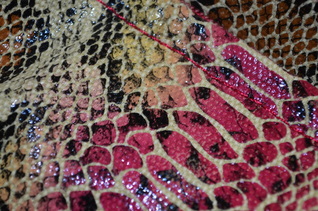




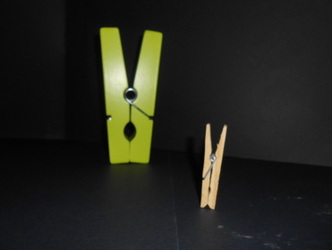


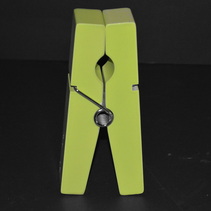






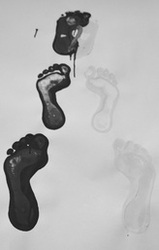




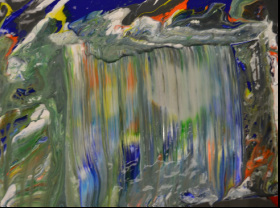


 RSS Feed
RSS Feed